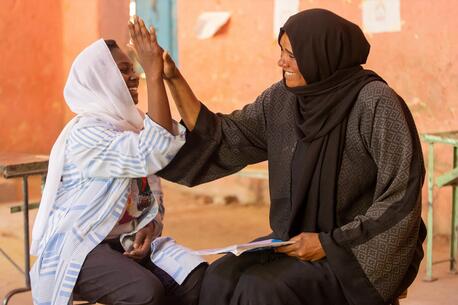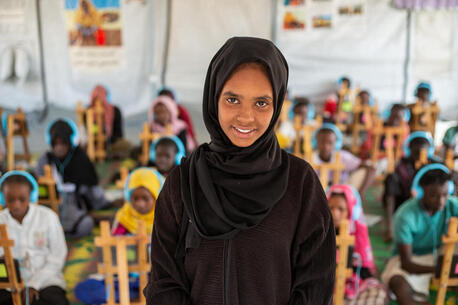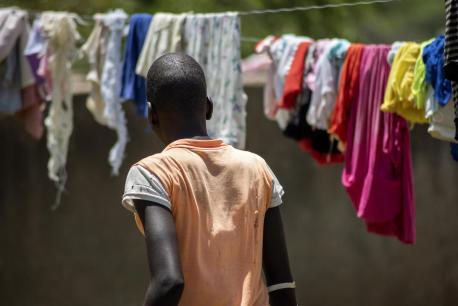
UNICEF's Mission to End Female Genital Mutilation
The global community is committed to ending FGM by 2030. Despite progress toward that goal, accelerated action is needed to achieve it.
What is female genital mutilation?
Female genital mutilation (FGM), also known as genital cutting or female circumcision, is a procedure performed on infants, girls or women that cuts, injures or alters their genitalia for non-medical purposes.
FGM typically involves either partially or completely removing external genitalia or injuring the internal genitalia. FGM is a severely damaging practice that can lead to complications during the procedure, such as excessive bleeding, trauma, severe pain and even death in addition to long-term physical and psychological complications.
Why is FGM performed?
FGM is considered a social norm in many countries where it is practiced. Many societies view it as a rite of passage for girls into womanhood; as a way to restrict or control female sexuality, preserve a family’s honor or protect a girl's future marriage prospects. Some communities may practice FGM for perceived aesthetic and hygienic purposes. Given how deeply entrenched this practice is in many cultures and communities, families may face social pressure to conform.
UNICEF regards FGM as a harmful and dangerous form of gender-based violence and a violation of human rights.
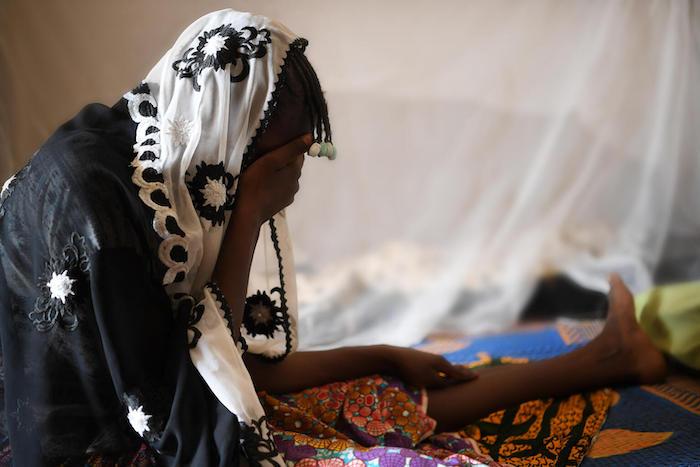
By 2021, over 1,000 villages in Burkina Faso have publicly committed to ending the practice of FGM, child marriage and violence against children through public declarations, as a result of UNICEF and partners' support in the fight against FGM. UNICEF and its partners are committed to working with the authorities of Burkina Faso to end these harmful practices in addition to facilitating community discussions and awareness campaigns. © UNICEF/UN0640731/Dejongh
How common is female genital mutilation?
While the number of women and girls who have been subjected to FGM is not known, an estimated 200 million women and girls between the ages of 15 and 49 from 31 countries have undergone FGM.
The World Health Organization considers 27 countries as having a “high prevalence” of FGM, the majority of which are concentrated in Africa and the Middle East.
In Djibouti, Guinea and Somalia, over 90 percent of women and girls are subjected to the procedure. Outside of the high prevalence regions, the practice continues in diaspora immigrant communities across the United States and Europe. In the United States, there are currently 15 states that do not ban FGM.
Why is female genital mutilation a risk for girls and women?
There are no health benefits to FGM, according to the World Health Organization. The harmful, dangerous and damaging practice results in long-term psychological and physical risks and consequences. Health complications at the time of the procedure include prolonged bleeding, recurring infection and severe pain, infertility and even death. Victims also face a higher risk of HIV transmission.
Long-term consequences include complications during childbirth, including stillbirth, postpartum hemorrhage and a higher risk of early neonatal death.
The psychological impacts that girls and women experience from this practice cannot be measured and often stay with them for a lifetime. For many girls, the procedure results in a loss of trust in their caregivers for subjecting them to this procedure. It is common for women and girls to experience anxiety and depression as a result of this procedure.
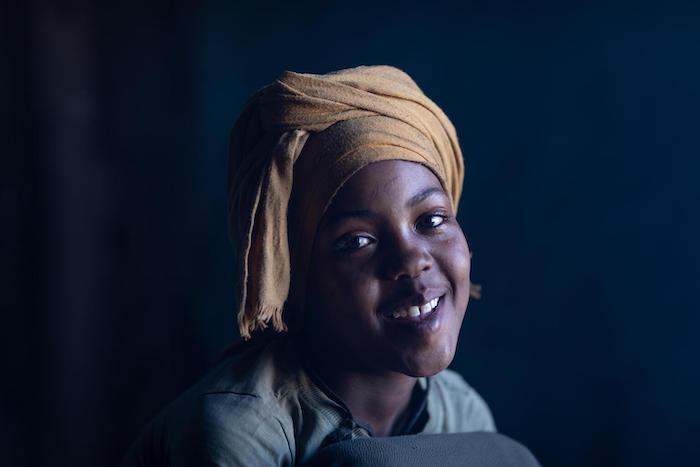
Mekiya is happy that she is saved from undergoing FGM. In school she learned about some of the complications that FGM can cause, including during childbirth. Schools are an important place for girls to receive an education about the harmful consequences of FGM. ©UNICEF/UN0410900/Ayene
How is the practice of FGM changing?
A growing trend in many countries is that FGM is more commonly practiced by medical health professionals. Today, around one in three teenage girls between ages 15 and 19 who have undergone FGM were cut by a health professional. This trend creates a risk of legitimizing FGM or creating a perception that FGM is becoming safer.
Regardless of who performs the procedure, there are serious health and safety risks to those who undergo it. The damage to women's and girls’ bodies is permanent and complicates or halts certain natural bodily functions. In communities where the practice has been driven underground, girls face the risk of cutting at younger ages, may have difficulty receiving health care should they suffer complications, and are forced into secrecy.
Nearly 30 countries in the Middle East and Africa have passed laws against FGM and countries continue to ban the practice. In 2020, Sudan banned FGM. Those who violate the ban can be sentenced to up to three years in prison.
Girls are often sent across borders to bypass these laws, however. “Cross-border FGM” has become increasingly popular in recent years.
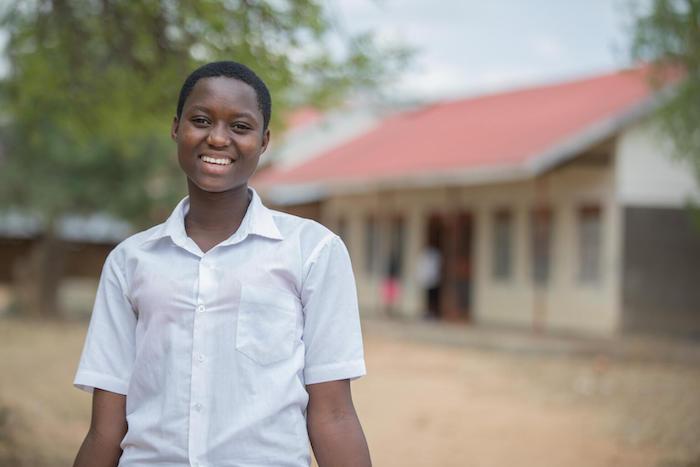
Senior student Deborah is in charge of debates at the Girls Education Club in the Pokot Girls’ Seed School in the Amulet District of Uganda. UNICEF and partners work to support the government of Uganda helping pregnant girls re-enroll in school and complete their studies with an overall goal of eliminating FGM, early marriages and teenage pregnancies. © UNICEF/UN0421421/Abdul
What is UNICEF doing to end FGM?
UNICEF works with partner UN agencies and others to advance programs dedicated to ending FGM. The largest, a collaboration between UNICEF and UNFPA, seeks to tackle the issue from the government and legal perspective, through social and cultural programming and through education. Thirteen countries have passed laws banning FGM since UNICEF/UNFPA established the program in 2008.
UNICEF also provides access to prevention, protection from FGM, education and programming about the harm of FGM and treatment services for victims.
In 2021:
- nearly 3.5 million people across more than 4,000 communities publically declared abandoning the practice of FGM
- over half a million girls and women received health and social protection services and support to prevent and respond to FGM
- close to 200,000 adolescent girls in more than 9,000 communities were reached with knowledge and skill-building programs designed to empower them to effect change
Focusing on education
UNICEF and partners have established educational programs to facilitate discussion about FGM and increase awareness about its risks. And there are signs these efforts are paying off. In countries where the practice is highly prevalent, seven out of 10 girls and women say they believe the practice should stop — twice as many compared to 20 years ago.
Education levels play an important role in the fight to end FGM. Girls and women who have completed elementary school are 30 percent more likely to reject FGM than those who have not. And 70 percent of girls who’ve finished middle school are opposed to FGM.
The impact of education is also generational: Girls with mothers who have a primary education are 40 percent less likely to undergo FGM than girls with mothers who did not receive a formal education.
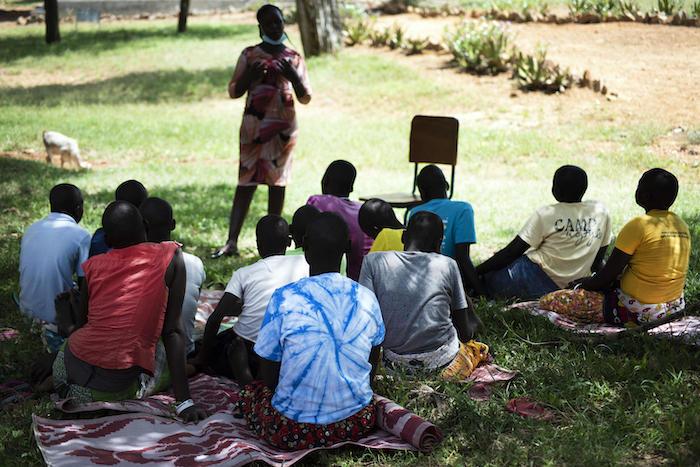
Adolescent girls at risk of undergoing FGM receive a counseling and psychosocial session, conducted by Regina, the district probation officer, at Kalas Girls Primary School in Uganda. ©UNICEF/UNI381316/Bongyereirwe
Looking forward: eliminate FGM by 2030
The global community is committed to ending FGM by 2030. And there has been tremendous progress toward that goal. But accelerated action is required to end the practice once and for all.
It is estimated that by 2030, over one-third of all the babies born worldwide will be from countries where FGM is widely practiced, which means tens of millions more girls will be at risk.
How you can help
Your donation will help UNICEF end FGM and prevent more girls and women from undergoing this practice. Donate today.
Top photo: An adolescent girl from Uganda who was rescued from FGM; she was on her way to Kenya to undergo FGM when her group was intercepted by an advocacy group and the girls were able to return to Uganda uncut. With support from a joint UNFPA-UNICEF program, the girls then received counseling and psychosocial support at a rescue center for girls at risk of FGM and child marriage. © UNICEF/UNI377886/Bongyereirwe
